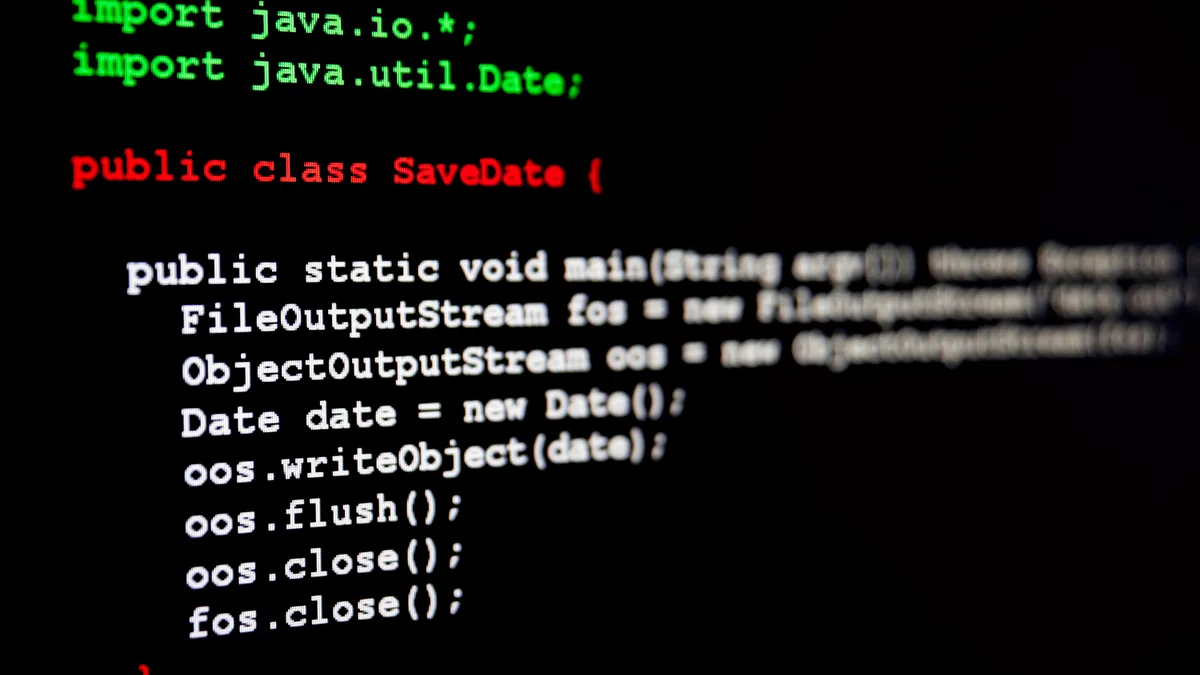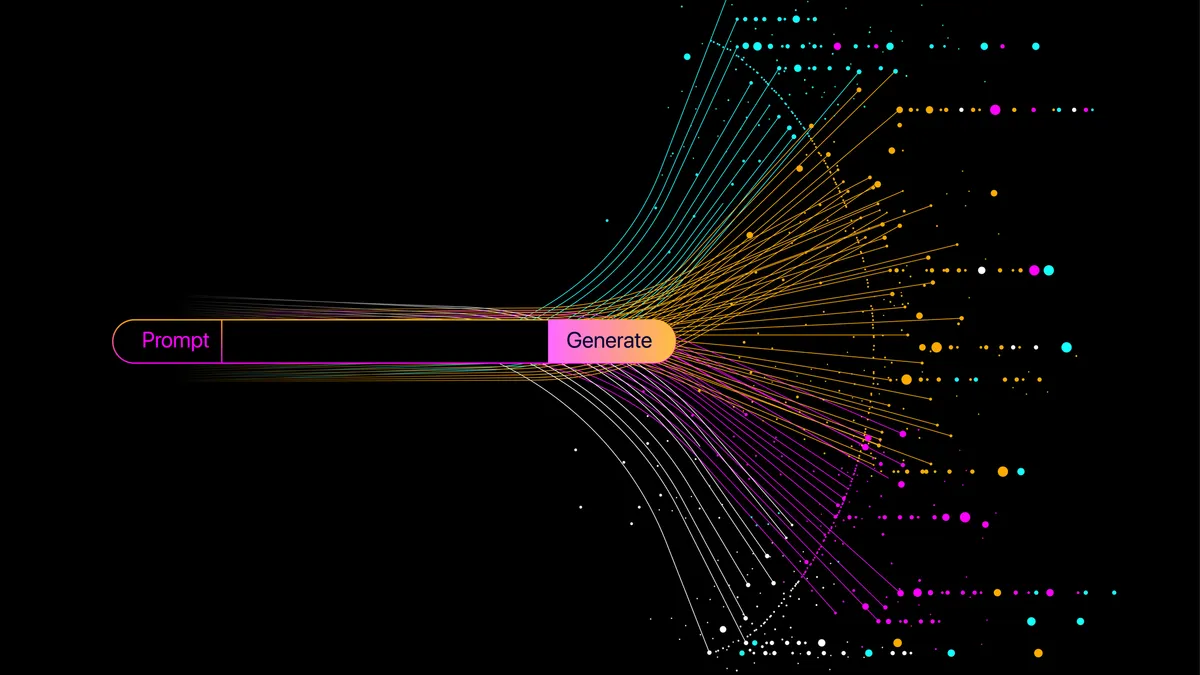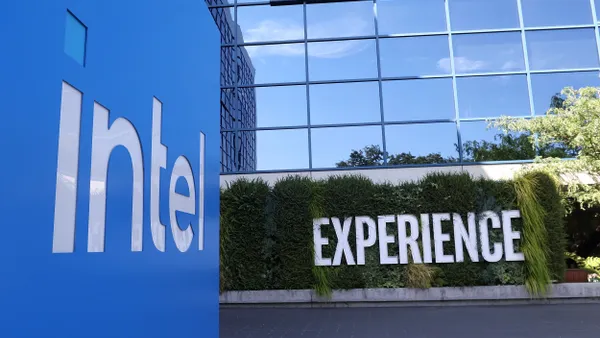In today's world, the speed of business is lightning fast. Consumers expect to know the moment a package is delivered, their ride to work has arrived outside, or their coffee order is ready. On the flipside, businesses need to know when a bestselling item is low on stock, a storm threatens shipment, or a stock's price is plummeting.
With sky-high consumer and business expectations, your organization doesn't rely on data that's updated every hour or even every few minutes—it depends on up to the millisecond data that your colleagues, partners and customers can all count on.
Without it, your business falls behind competitively. As a result, traditional models of communication and information sharing are becoming a liability for enterprises when customers expect real-time updates.
Request/response vs. event-driven architecture
Picture this: your inventory manager is trying to determine what you should have in stock depending on the store, the time of year, even the weather. They review sales from the week before and the year before, using this to determine what needs replenished to ensure shelves are stocked and racks are full. They place the order based on buying patterns the week prior, stocking shelves with items they expect will be needed instead of in response to the consumers' needs. In the meantime, an early winter storm is predicted to hit. In response, your customers are lining up to purchase items to keep them warm and tide them over until the weather passes. Shelves are now empty of goods your customers want due to a lack of up to the minute monitoring and predictive correlation of weather events.
That's just does not support the modern experience that customers demand. And it's not the most efficient way for applications to pass information back and forth either. But it's the way a request/response model works, with applications and services polling each other for data. Just like the above example, it's time-consuming, hard to scale, and affects the customer experience.
Let's try again. Your inventory manager is trying to determine what you should have in stock depending on the store, the time of year, even the weather. They are provided up to the minute details of sales at each location and can respond accordingly to ensure shelves and racks are stocked. That's the way it should be: as soon as something of note happens, you are empowered to take immediate action.
That's the beauty of EDA. Your customers, partners and employees receive information proactively, rather than having to ask for it. And instead of constant polling that strains bandwidth and resources, you're able to set up a real-time stream of events that all applications can access. That allows all asynchronous applications and functions to remain in sync, real-time, all the time.
It's not just the benefits motivating companies to embrace EDA either—the cost of inaction is high and will only increase. Companies that continue to depend on a request/response model will move at a slower pace than their business can afford long-term and lose to more nimble competitors.
Event-enable your enterprise—no rip and replace needed
While evolving from a request/response architecture to EDA has dramatic benefits, it doesn't have to be a dramatic (or painful!) change. It doesn't even have to be expensive.
You can leverage the infrastructure you already have to turn your APIs into events that can be managed just like APIs—taking an evolutionary approach that supports legacy and modern consumers and producers. With event-driven APIs, your enterprise can:
- Deliver data faster, enabling rapid decision-making
- Meet increasing customer and end-user expectations
- Free up valuable resources and bandwidth by eliminating polling
- Unlock the value of real-time integrations.
To find out more about event-enabling your business through event-driven APIs, read A new way to EDA: Catalog, secure, and manage events like APIs.
Feeling the squeeze of API complexity? Check out our new self-guided experience to see how you can break free and tame IT once and for all.










